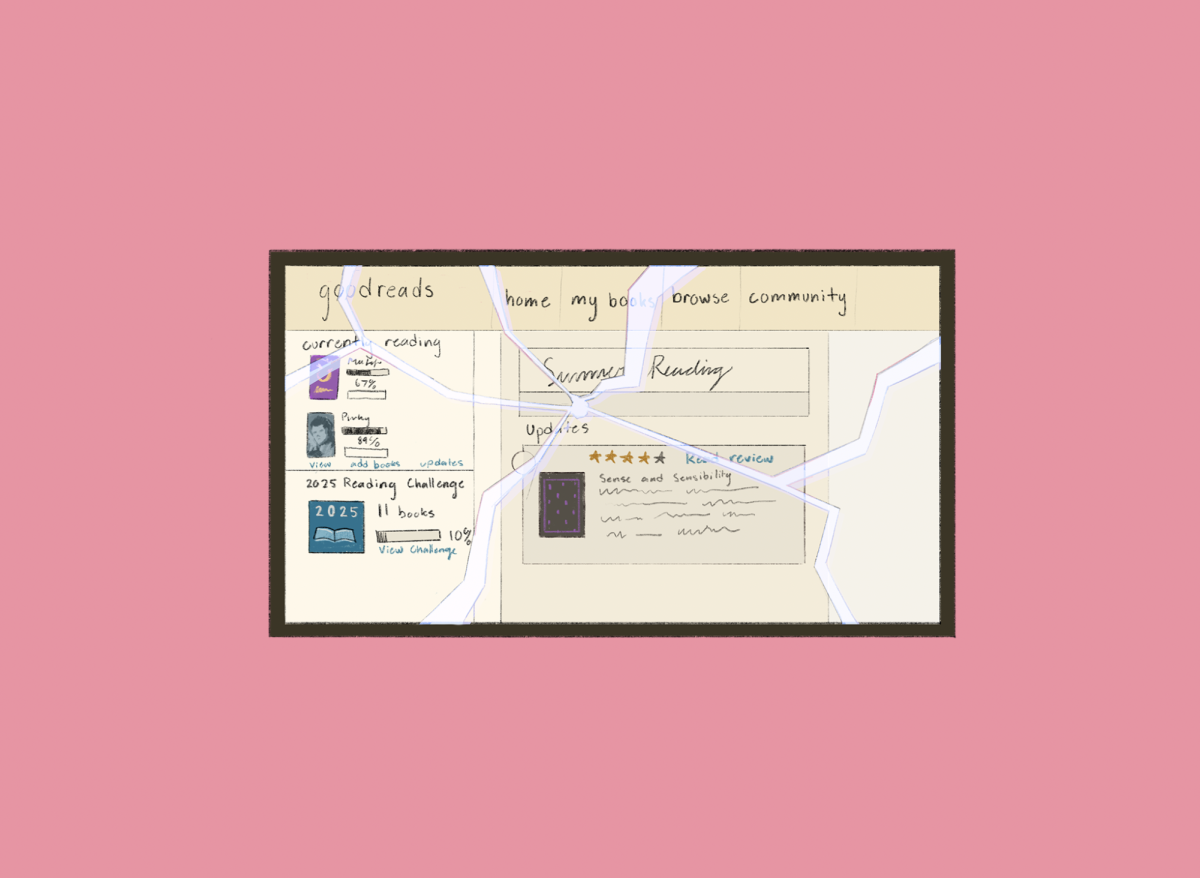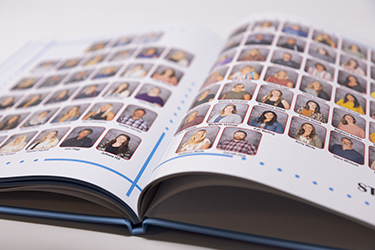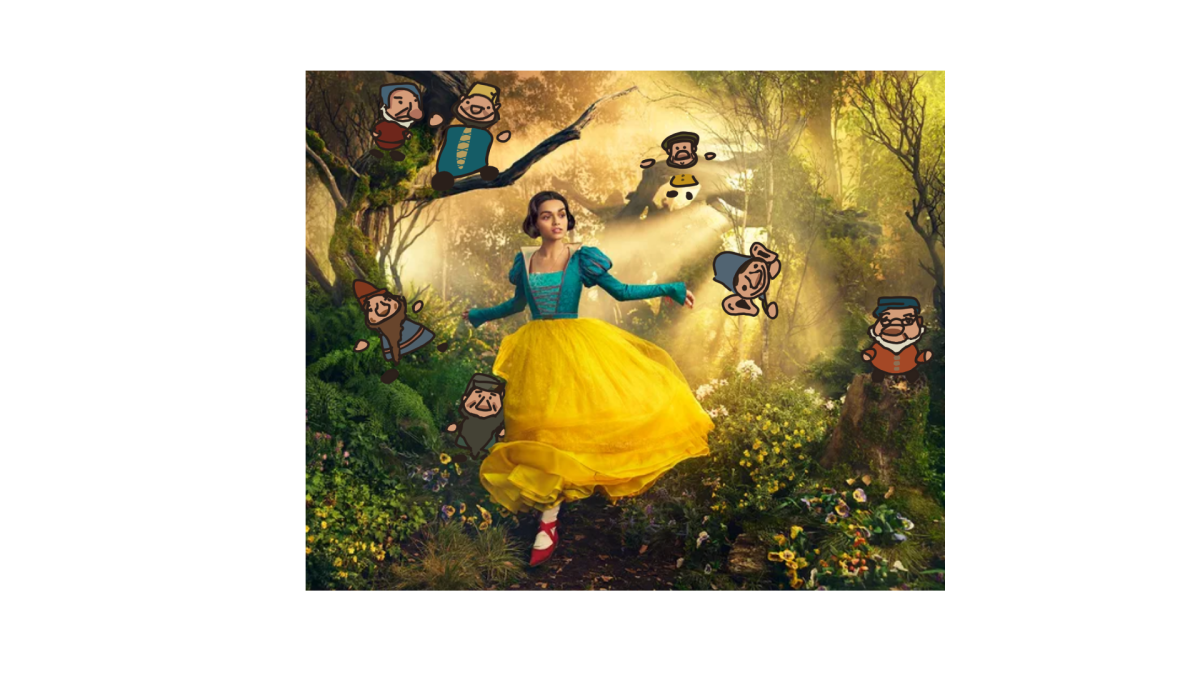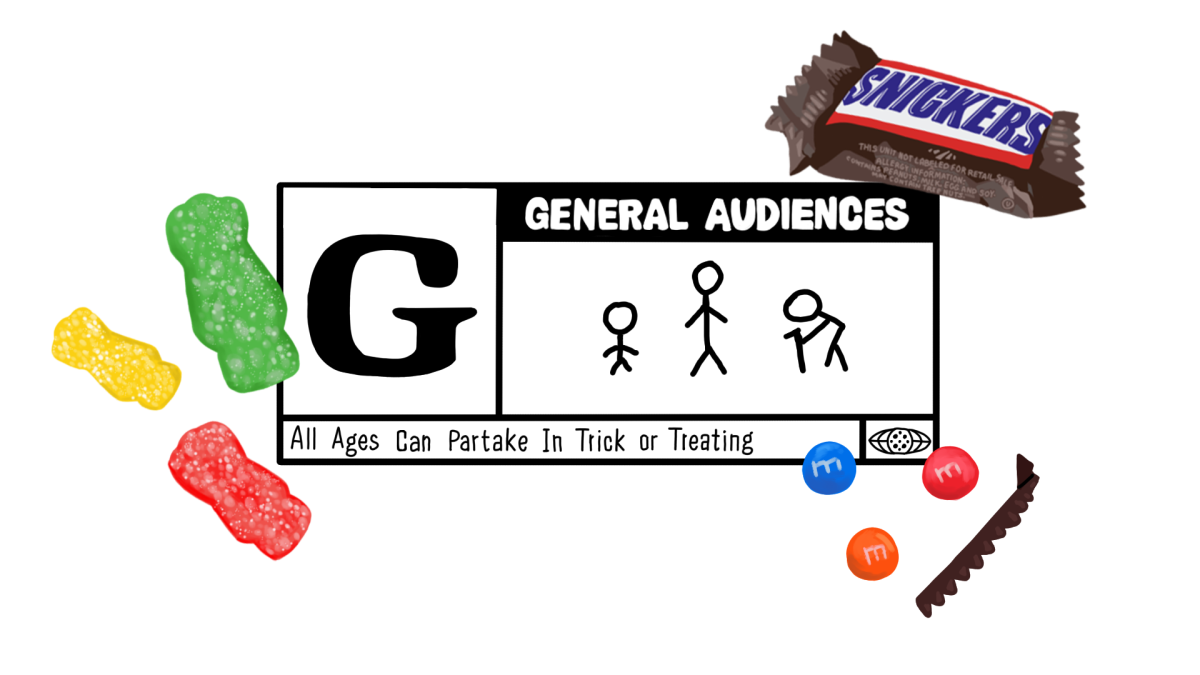“Goodreads: Meet your next favorite book.” Launched in 2007 and acquired by Amazon in 2013, the platform’s impact on reading as a hobby has been large. The book-reviewing platform has remained largely the same since Amazon’s purchase, meaning that rather than becoming another soulless and profit-driven Facebook or Instagram, Goodreads has remained a charming platform, with plenty of quirks and personality. Mismatched fonts, blue links and blogs give a distinct antiquated feeling to the platform. It is like a time machine, to before every website slammed users with walls of ads, when listicles were at their peak, and the internet felt like a place that someone went to, rather than something so integrated into real life.
Goodreads’ purpose, at least on the surface level, is to increase the discoverability of books and allow users to curate lists, write reviews and interact with other readers. Since Amazon’s purchase, these fundamental aspects of the platform have not changed, but now, everything feels slightly more capitalistic. Every page has a link to the book on Amazon, and “Kindle edition” is often the default format for books. Overall, this makes the charming, early-internet front that the website presents feel inauthentic, just a trick to make users feel as if they are in a genuine space, only for the website to be one giant advertisement for Amazon, which has been instrumental in disrupting independent publishing and bookstores.
The reading challenge, another popular feature of the website, allows users to set a reading goal at the beginning of the year. For many, gamifying their reading makes them more likely to put down the phone and pick up a book. Yet, as the platform has grown in popularity in correlation to the rise of Booktok and Bookstagram, the reading challenge has become less personal. People completing over 100 books per year is seen as normal nowadays. Obviously there is nothing wrong with reading a lot of books, especially if one’s job is to be an online book reviewer. However, video titles like “Ranking the 150 books I read this year,” have a subtext: this is a normal, average even, amount of books to read. The truth is, it is not.
One-hundred books per year is about two books per week. On average, books can take around seven to 10 hours each to complete. This averages to about 2.5 hours of reading per day, which is a fairly difficult task. Content creators are some of the few people who are able to fulfill this lifestyle.
In a world full of unrealistic expectations of how to dress, look and read, it is easy to become exhausted with trying to meet these impossible standards, often set by people who live completely different lifestyles.
While Goodreads, indeed, used to be a charming and sincere space, it has become less appealing since the rise of reading as a hobby online. Ultimately, Goodreads has lost some of that authenticity that once made it so special.





















